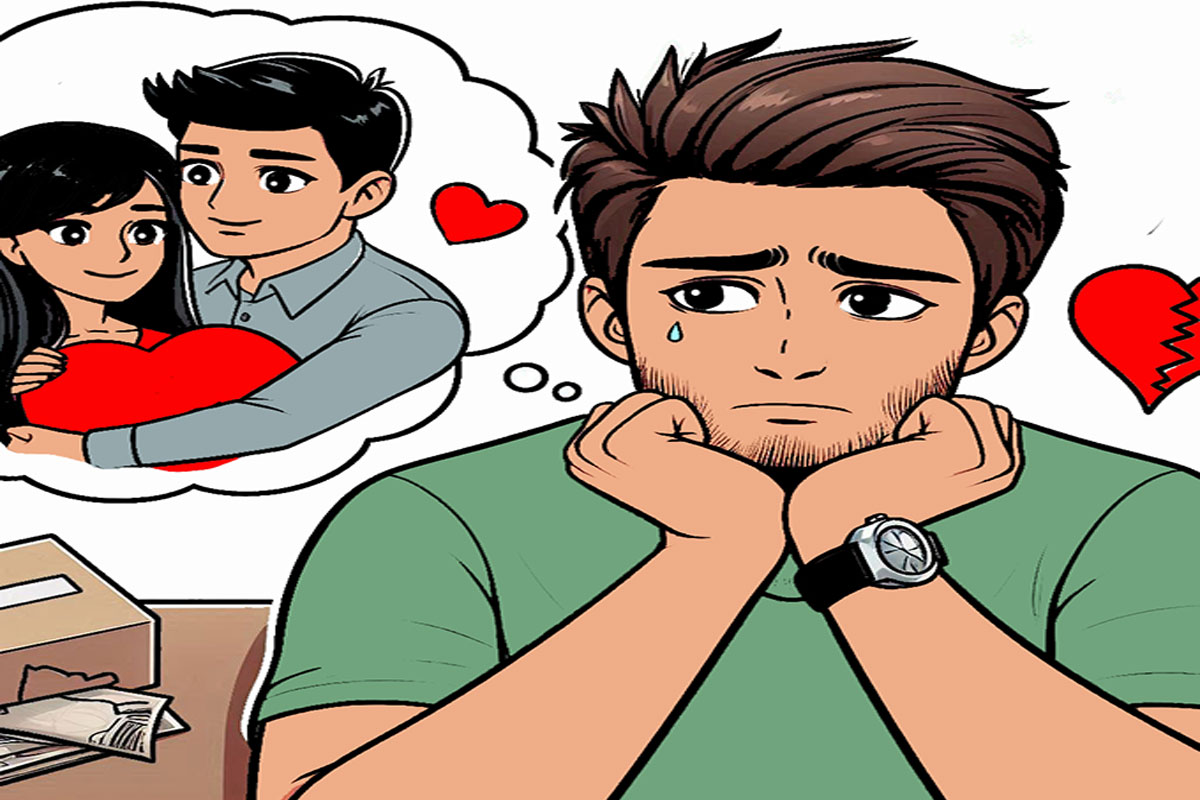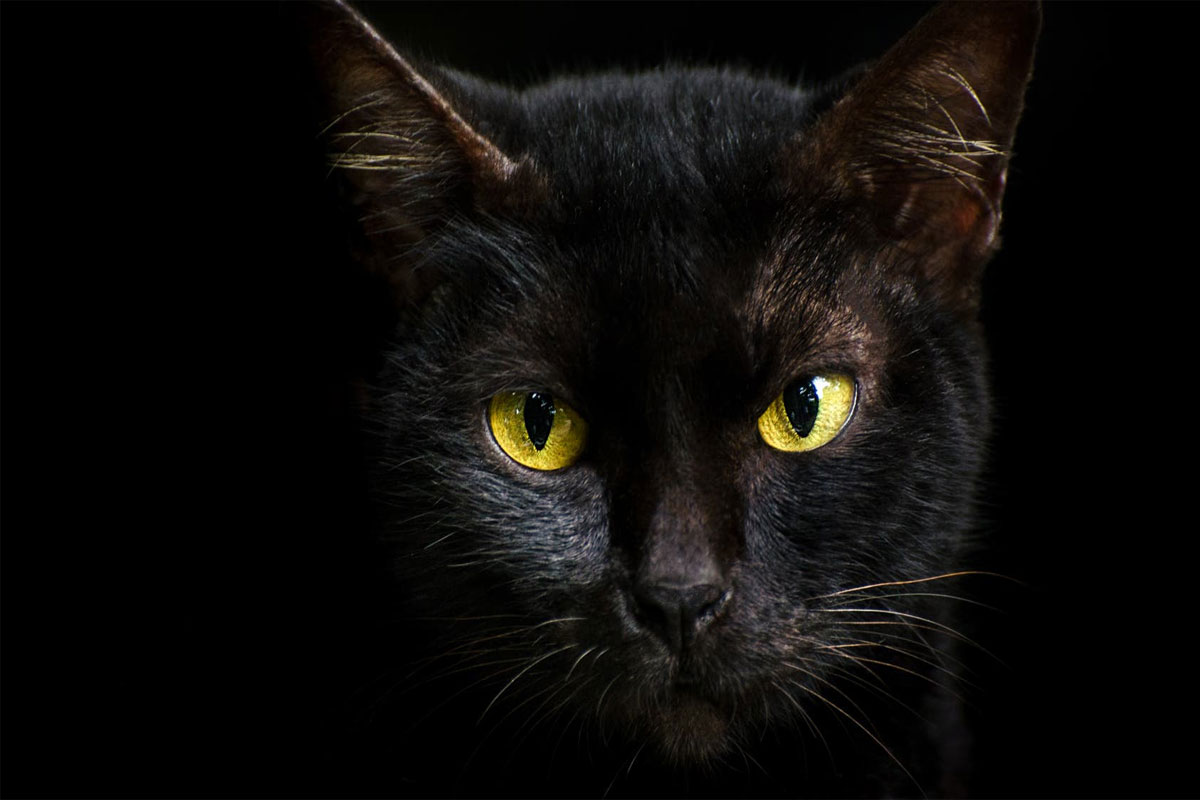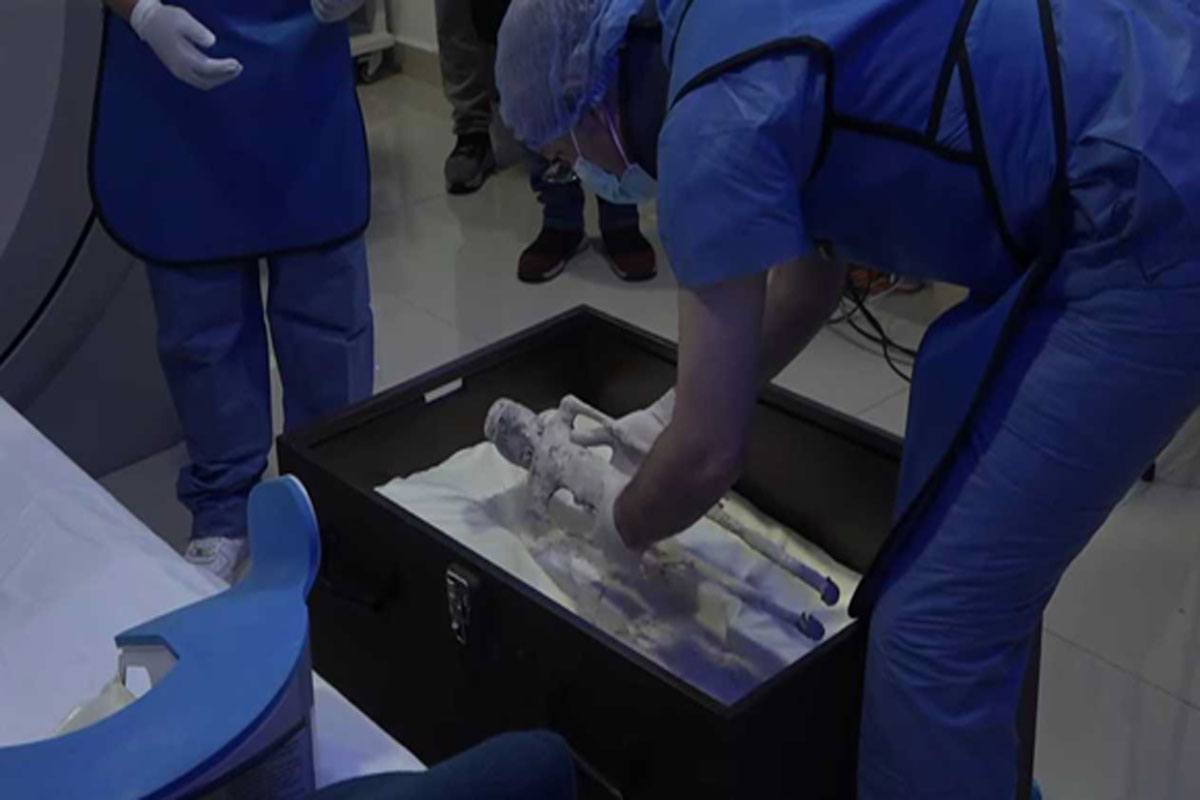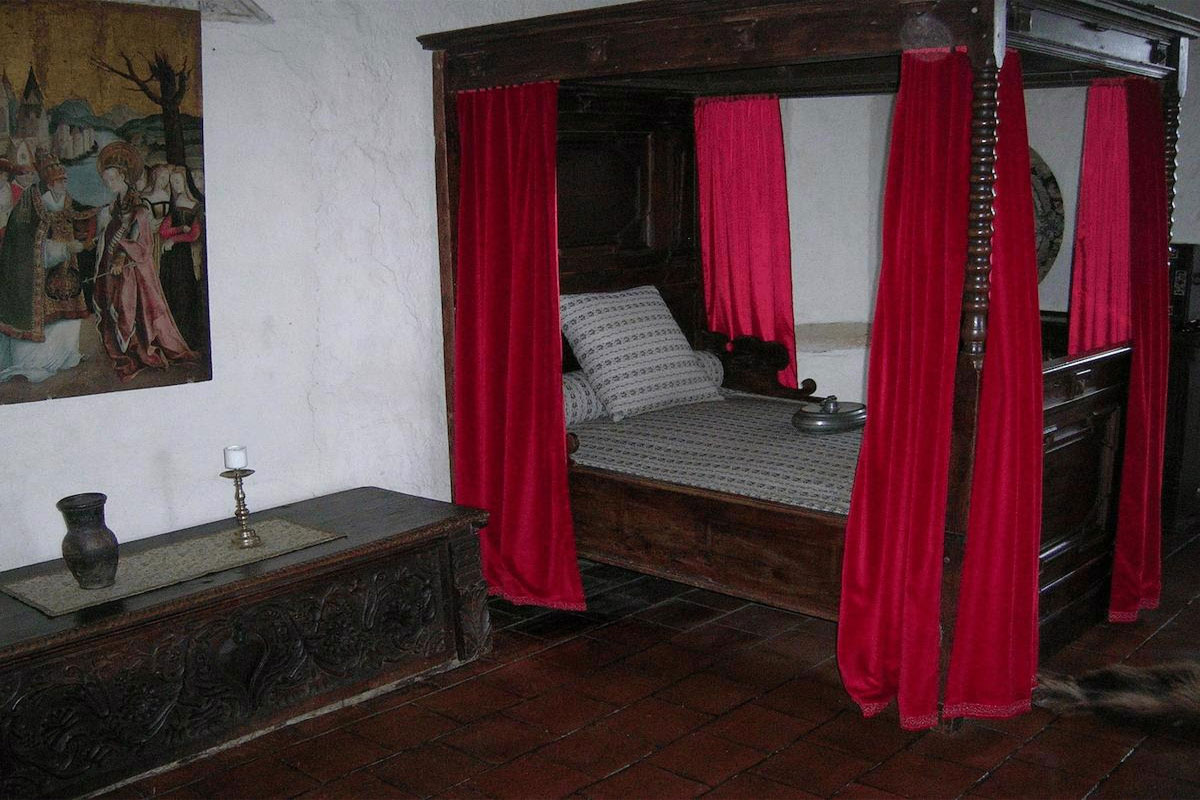
Buried in a Bed — Mysterious Medieval Bed Burials Explained
Paul Seaburn
The history of using coffins for burials dates back about 7,000 years and the designs have changed according to religions, cultural beliefs, availably of materials, current tastes and numerous other factors. For example, a recent trend has coffins being decorated in the colors of the deceased’s favorite sports team. Another innovation involves making the coffin in a different shape that the standard rectangular or hexagonal box – so-called “fantasy coffins” in the shapes of cars and planes are popular in Ghana and have caught on around the world. One unusual type of coffin seen in infrequently parts of Europe from the 5th to the 10th centuries CE was the bed. Yes, a real bed.
Bed burials in England during the early Anglo-Saxon period (7th century) had an unusual twist – most of the people in them were young women and researchers have been mystified as to why this was. Finally, a researcher has figured out the answer. Will the ‘bed burial’ make a comeback? “Comparison with other bed burials from across Europe shows that the bed burial rite was originally much more widespread, with the earliest example dating to fifth century Slovakia, and the latest to tenth century Norway.
Likewise, bed burial isn’t restricted to just women; men and children were also buried in beds, one of the most famous being the burial of a 5-6 year old boy underneath Cologne Cathedral. “The go-to person on bed burials these days is Dr. Emma Brownlee, an Ottilie Hancock Research Fellow in Archaeology at Girton College and Fellow of the McDonald Institute for Archaeological Research. Brownlee is the author of “Bed Burials in Early Medieval Europe,” published recently in the journal Medieval Archeology.
In a University of Cambridge press release, she notes that the practice was rare but widespread and had no age or gender limitations. Because they were made primarily of wood, few full complete examples of these burial beds survive. Of those that did, they are often ‘baluster’ beds – a baluster is a carved spindle like those on a staircase, but for burials they are used to make turned corner posts. The deceased was placed on the bed in burial clothing with the usual funeral artifacts and laid out for mourners to pay their respects. The bed and body were then placed in an excavated grave or sometimes a mausoleum. Drawings of the different designs can be seen in the study.
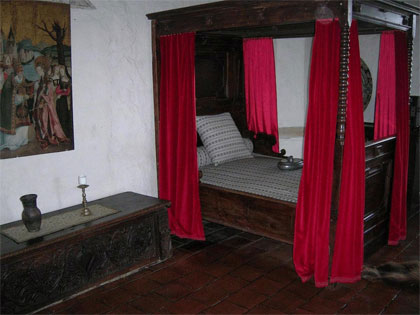 A good place to spend eternity?
A good place to spend eternity?
“It has been suggested that the custom of burying the deceased in a bed originated in the eastern Mediterranean.
Bed burials are known from Coptic Egypt, from the 3rd–5th-century cemetery of Qarara. Also known are 6th–7th-century Coptic beds which are remarkably similar to the baluster beds found in Germany, although they cannot be traced securely to funerary contexts. ”The origin of the practice of bed burials is a mystery, as is the reason why it spread only to certain areas. Brownlee says that outside of England, bed burials were found in both Christian and non-Christian communities. It appears that bed burials didn’t move to England until the seventh century and the move across the English Channel brought a mysterious change to the practice. In her research, Brownlee that the English bed burials seemed to be a rite used almost exclusively for deceased young women.
To figure out why that might be, she started by analyzing who these women were. The answer was unexpected. “Isotopic analysis from three of the English bed burials suggests that the women buried in them did not grow up in Britain. ”Why would this odd practice take on a feminine predominance when it came to England? One reason might be religion – specifically Christianity. The 7th century was the heyday of the Catholic conversion movement from Europe to the British Isles as dictated by Pope Gregory I. While the leaders and priests were men, many of the Christian missionaries were women.
If more women than men came to England, it is mostly mathematical that more were buried in beds than men. But why all of them? “One of the slightly less obvious ways that the church tried to convert people was by encouraging marriages between Christian women and non-Christian men. “In an interview with Live Science, Brownlee explains that one way the medieval Catholic Church converted men was by encouraging them to marry Christian women. However, as a trade-off, the families of these women tried to arrange the marriages so that their daughters married rich members of the English elite class, even if they were non-Christians. That is probably because these marriages to ‘pagans’ resulted in the Catholic families (and indirectly, the Catholic Church) receiving big dowries and a large number of land titles, thus putting themselves into the category of English elites and increased their power base in mainland Europe.
 Mystery behind medieval ‘bed burials’ in UK possibly solved
Mystery behind medieval ‘bed burials’ in UK possibly solved
The burial rite is tied to the expansion of Christianity.
“(The burial bed was) related to a person’s status, as well as a poetic metaphor regarding death.” Brownlee points out that most people in 7th century England slept on straw mattresses with no bedframe whatsoever, so a family that could afford to buy, build and bury an ornate wood and metal bed filled with ornate burial objects to give their wife, mother or daughter a luxurious sleep in the afterlife was also putting on an excessive show of disposable income. In addition, the idea of spending eternity in bed may be a sign of a strong belief at the time in the idea of death being a long sleep before a final awakening rather than a dead end. That explains the origin of the feminine bed burials in England, but why did they end both in Britain and across Europe? In England, it appears the end of migrating Christians converting the natives by bibles or marriage played a part, as did the high cost of the burial bed and the special effort needed to perform the burials.
Since the vast majority were migrants, it could also mean that local customs won out in the graveyard and the native non-Christian English stuck with their standard wooden caskets even after being converted. The cost factor was likely the reason bed burials faded away in Europe as well.
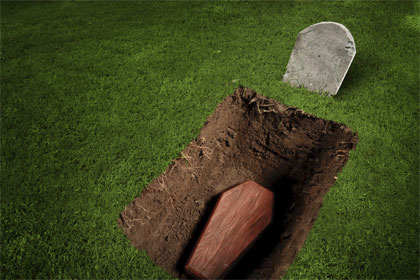 Economy prevails, even in the after life
Economy prevails, even in the after life
The return of fanciful caskets today is not so much a sign of a change in religious burial rites as much as it is a sign of more disposable income. And the preference of sports and hobby themes over beds indicates a modern belief that the afterlife is a time of play rather than sleep. You can definitely learn a lot about a culture by studying how they bury their dead.




